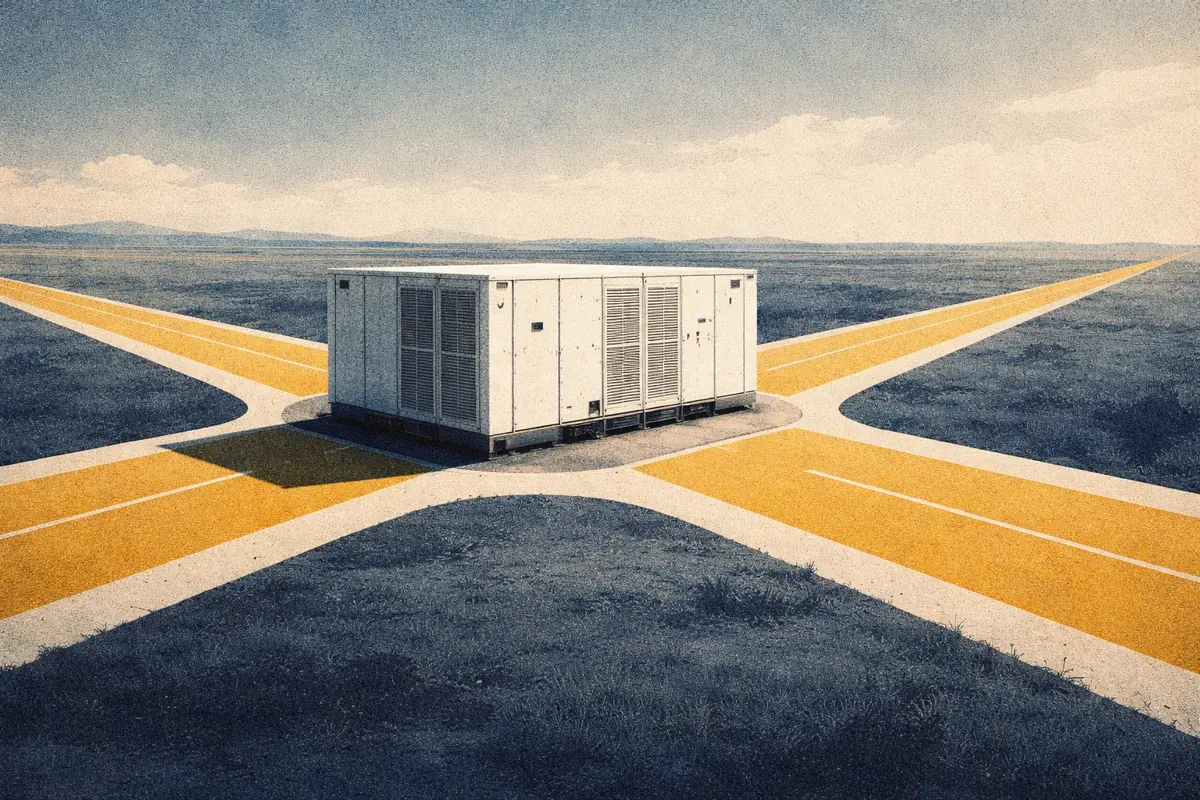ERCOT: H1 2024 battery energy storage revenue round-up
Executive Summary
- ERCOT battery revenues averaged $70/kW (annualized) in H1 2024, down 20% from H1 2023.
- Energy arbitrage revenue share grew from 14% in H1 2023 to 26% in H1 2024, as Ancillary Service market saturation pushed down clearing prices.
- The top-performing asset in H1 earned 86% above the ME BESS ERCOT Index - benefiting from higher price spreads in West Texas.
Subscribers to Modo Energy’s Research will also find out:
- How ECRS and Non-Spinning Reserve participation helped top battery operators outperform the market.
- Why two-hour batteries earned 19% higher revenues than one-hour systems on average.
- How ERCOT’s summer volatility compares to 2023 and what it signals for battery revenues in the second half of the year.
To get full access to Modo Energy’s Research, book a call with a member of the team today.
Introduction
In the first half of 2024, battery energy storage systems in ERCOT earned revenues of around $70/kW (annualized), on average. And there was a huge disparity between what individual systems earned - with the highest-earning battery in ERCOT making annualized revenues of $130/kW during this period.
Get full access to Modo Energy Research
Already a subscriber?
Log in







